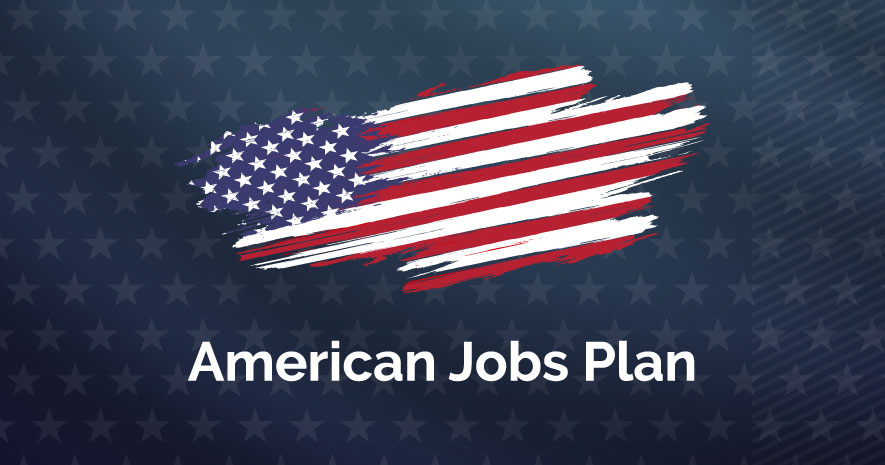It will come as no surprise that bonuses (including all forms of variable pay for purposes of this discussion) are far more prevalent in the for-profit than the nonprofit sector. For many people, bonuses are believed to be appropriate, or perhaps unavoidable, among for-profits but often viewed as inappropriate or unnecessary for nonprofits. Quite simply there is a school of thought that nonprofits shouldn’t have bonuses or just don’t need them to carry out their missions.
Many nonprofit boardrooms have struggled with the “b-word”. There’s been uncomfortable squirming as they wrestle with “should we, could we, ever pay a bonus?” That kind of uneasiness inhibits many nonprofit organizations from considering a bonus pay-for-performance option in favor of the same old flat percentage across-the-board salary increase for everyone.
Some allege the use of bonuses could distract attention from the organization’s good work or, worse yet, motivate staff to maximize bonuses at the expense of the organization’s mission. Others mistakenly harbor a belief that nonprofits are not allowed to pay bonuses. Some believe nonprofit status precludes the ability to meaningfully measure performance upon which a bonus could be based. Finally, some board members may just not have enough familiarity with compensation practices to properly consider the use of bonuses.
Contrary to some of the comments above, bonuses of one sort or another are already in use and rather prevalent in several nonprofit sectors. And there is a trend, albeit a slow one, by others to start using them as well.
Hospitals, health systems and professional trade associations were early adopters of bonus plans. Most often the plans covered executive-level positions. Over the years, the prevalence of plans and the award opportunities associated with them have grown as well. This is particularly true among the larger and ever more complex hospitals and health systems. Larger academic institutions, human services and philanthropic organizations have also been instituting bonus plans. No doubt, the competition for executive talent and increasing prevalence of bonus plans among competitors for that talent have, and will, promote adoption of plans by others.
Why limit bonuses to management alone? I believe that a case can be made for considering the use of bonuses not just for executives but other staff positions in nonprofits as well. I am not referring to just the occasional one-off “thanks for the great job” award, I am talking about formally incorporating a bonus plan into the organization’s compensation program.
The COVID crisis and related employment and economic disturbances associated with it have negatively impacted many types of organizations and nonprofits are no exception. Mandated shutdowns, work from home requirements, inflation and recession fears have left many nonprofits scrambling to get help, desperately clinging to experienced staff members and fretting over a range of possible recession scenarios.
Organizations have shared stories of valued employees leaving for more compensation elsewhere or the new hires who are “no shows,” or worse yet, “short stays!” Not surprisingly, more pay has frequently been viewed as a solution, or at least a partial one, for addressing these tumultuous times.
Budgeting for 2023 compensation expenses has been strained by pressures to respond to competitive pressures in the job market, the highest levels of inflation in 40 years, plus the highest average salary increases in more than a decade. Recession worries raise questions about the advisability of budgeting large payroll increases, especially fixed ones. Year-over-year increases, particularly for those organizations opting to target pay above mid-market levels, build in higher cost for the future. A healthy increase in salary, whether in response to tumultuous times like these or simply a banner year of performance, becomes an ongoing annuity.
This might be an excellent time to consider the adoption of a bonus plan if you do not have one or expanding participation to other staff members if you do. Think of the bonus as replacing all or at least some of the traditional annual increase for positions participating in a plan or even a way of boosting the competitiveness of your pay program.
As a first step, make a determination about the competitiveness of the compensation you now offer your positions. You must know the answer to this to responsibly proceed with exploring the feasibility of offering a plan as a formal part of your compensation program.
Next consider the impact of a bonus on your competitive position. Generally, a minimum of 5% of salary is considered sufficient to impact employee behavior. Reflect on that in relation to the expected 4.25% +/- average salary increase many now project for 2023 (likely for 2024 as well if inflation persists). That 5% amount should allow the organization to maintain its current position in relation to competitive pay levels. Obviously, a higher or lower amount will either improve or erode the relationship to market pay levels. Many would suggest that the bonus target should be set higher than the expected average increase percentage. This offers a higher potential opportunity in return for making it contingent on the organization’s performance, a risk adjustment of sorts.
The bonus plan could be added as a formal component of the compensation program to maintain competitiveness and offset cost escalation caused by year-over-year salary increases. Doing so would introduce some elasticity into the organization’s compensation costs. The organization’s results for the year will determine how much of the bonus is earned and can be paid. As mentioned previously, this may also be a way to improve the competitiveness of your current pay. This also adds a performance-basis component to the compensation program as well.
The use of a bonus plan will not preclude the need for periodic salary increases. Competitive pay of covered positions will need to be monitored and adjustments made if the bonus is no longer sufficient to maintain the organization’s desired position versus the competitive market. But the year-over-year increase to salaries can be slowed.
If a bonus plan appears feasible, its success will be heavily dependent on effective communication for a number of important topics, including:
- Overall objective of the plan (e.g., “will allow us to offer more competitive pay while controlling our expenses,” “will allow us to maintain our above-average compensation and carefully manage our costs,” etc.)
- Participation criteria – levels or positions to be covered by the plan (often introduced at senior-level positions and lower levels later)
- Eligibility criteria – minimum employment/position tenure, employed at time of award, etc.
- Performance factors – identify the criteria that will be used to determine the decision about payment of the bonus (i.e., yes/no and size of award)
- Periodic progress reports – updates to employees on the organization’s actual results in relation to the performance factors
This is not an approach that will be appropriate for every organization nor for every position within an organization. The promise of a future bonus does little for employees struggling to manage higher prices now. In the same way, the presence of a bonus opportunity will have marginal ability to overcome a salary that is not competitive.
The presence or absence of a bonus plan is certainly not the sole determinant of a nonprofit’s ability to attract and retain executive talent. That said, if two employment opportunities were essentially comparable for an applicant or an employee targeted by a competitor, might a bonus opportunity make a difference? I submit it could, especially among the most capable and sought-after employees. Great talent is always in demand, and this may be a helpful tool in the competition for talent.
For more information, contact Mike Conover, Managing Director, Specialized Tax Services – Global Employer Services.
Written by Mike Conover. © 2023 BDO USA, LLP. All rights reserved. www.bdo.com



